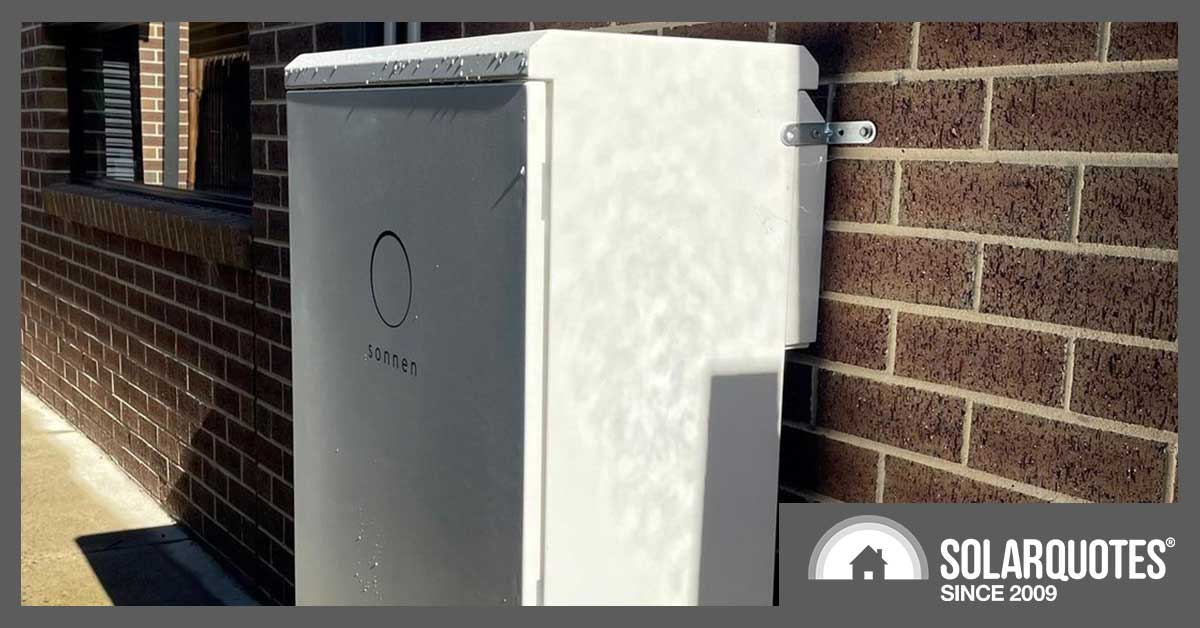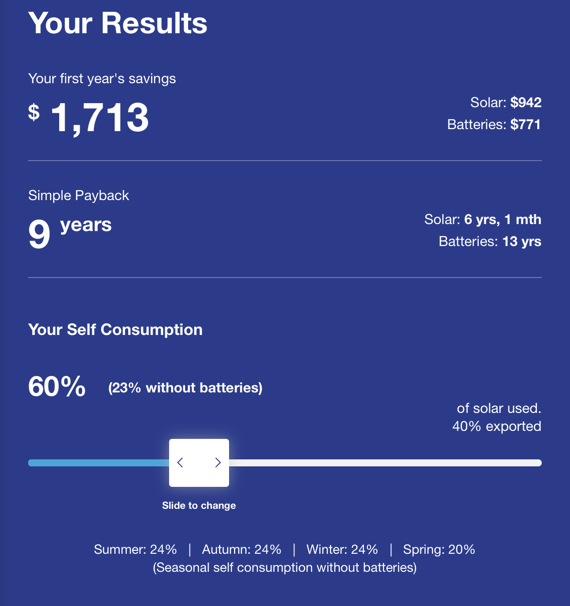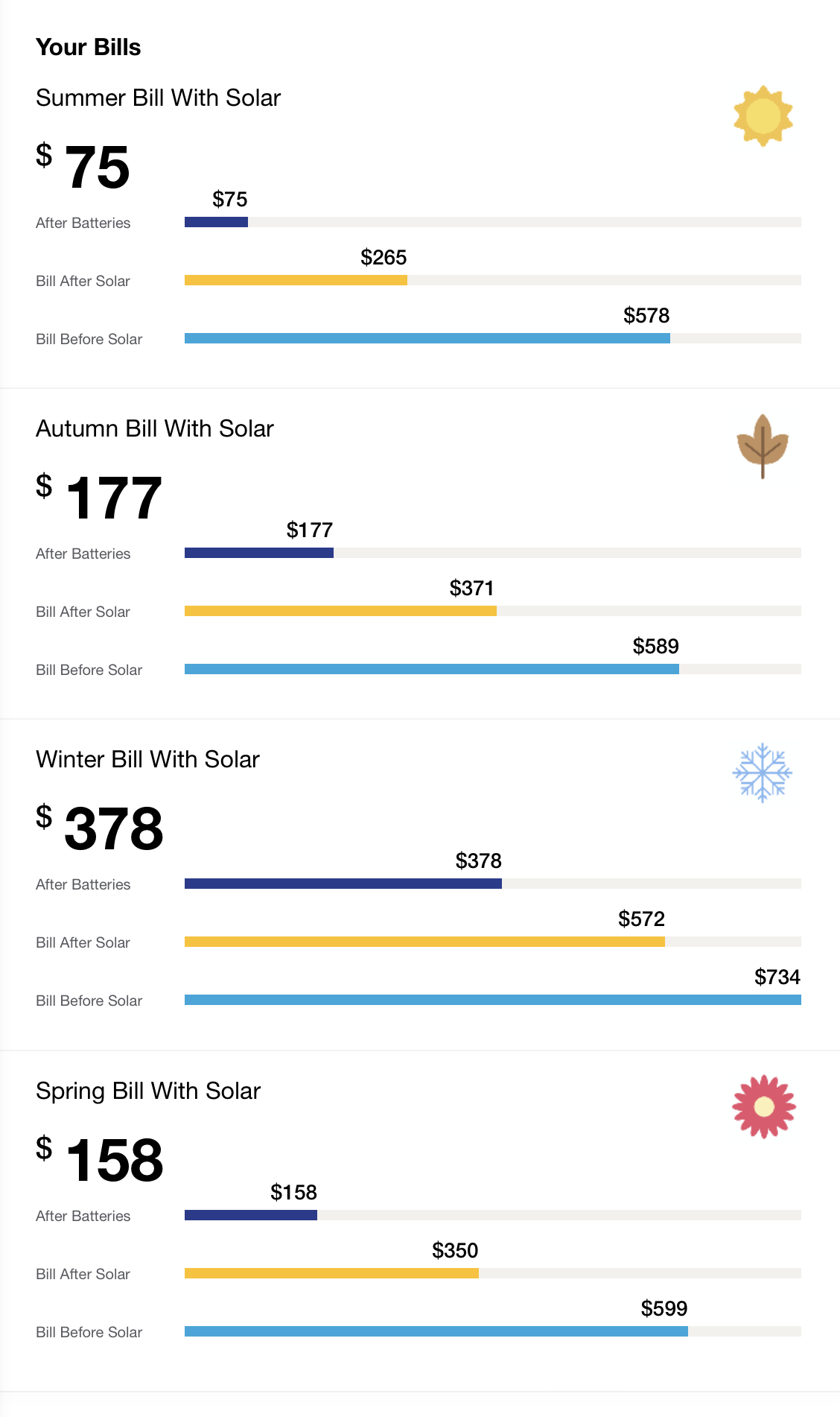
Installation: Solar Dynamics
Victoria has added a subsidised loan to help solar panel owners add batteries to their homes under its $1.3 billion Solar Homes scheme.
In a media release (PDF), the government said the scheme will take “thousands” off the upfront cost of buying a solar battery.
The $8,800 interest-free battery loan announced yesterday by environment minister Lily D’Ambrosio would also save households thousands on their energy bills over the life of the battery.
For new customers, the battery loan is in addition to a $1,400 rebate and a $1,400 solar PV interest-free loan, if the battery is installed at the same time as the solar, for a total reduction in the initial cash outlay of $11,600. Obviously, $10,200 of that has to be paid back over time.
The 226,000-plus households who have already claimed a Victorian solar PV rebate will still be able to claim the battery loan.
The government said the battery loan scheme aims to increase household solar self-consumption from its current level of 28 percent to around 60 percent.
After the PV rebate and federal government small-scale technology certificates (STCs), the government said household out-of-pocket install costs for solar PV and battery start at around $10,300, with a 6kWh battery setting homeowners back around $8,000. An 11kWh battery lifts that to around $17,000.
Finn advises that for those prices, you’d be looking at a good budget solar and battery system; for example, the Sungrow battery system in this video, with 9.6 kWh of storage and 6.6 kW of good budget panels such as Jinko, should be in the $17,000 range (depending on the installation difficulty of course).
Loan eligibility is published at the Solar Homes Program website.
“To achieve our nation-leading renewable energy target of 95 per cent by 2035, it is vital households transition to running on cheap, reliable, renewable energy”, D’Ambrosio said.
“Interest-free battery loans will allow more people to take advantage of cheaper renewable energy by significantly reducing upfront costs of installing battery storage.”
Quick & Dirty Numerical Analysis from Finn:
Using our Solar and Battery Calculator,
- assuming a $17,000 6.6kW solar and 9.8 kWh battery system,
- and allocating $6,000 to the solar and $11,000 to the battery,
- for a Melbourne homeowner
- with a pre-solar bill of $2,500 per year,
…the results show savings averaging $142 per month in the first year. If the loans are genuinely zero-cost-of-finance, it would take 6 years for the savings to pay off the $10,200 loan.


Some things to note:
- The homeowner must still find $5,400 upfront after the $1,400 solar rebate and the $10,200 loan.
- The battery capacity will degrade over the years (currently my calculator does not account for this – conservatively add another 3 months to the payback to more than cover it)
- This is based on a fixed tariff of 27c per kWh – for those on a time-of-use tariff, the payback for the battery should be better – if the battery is big enough to get you through the expensive evening peak.
You can go to my calculator results and use your own assumptions here.

 RSS - Posts
RSS - Posts



Unfortunately this is of little use to low grid consumption households as the benefit of a solar battery still far outweighs the cost i.e. roughly 30c/kWh for grid power versus roughly 50c/kWh for battery power*. For heavy power users i.e. 15 kWh+++ this loan could be of value, except the loan won’t cover the (full) cost of such a system. It will however allow them to earn $440 per year (they don’t repay the loan) in interest if they have the cash in the bank and use taxpayer funds instead**.
*Based upon SQ’s figures for a 5 kWh battery system divided by 10 years of usage, 365 day years, and a single 5 kWh cycle each day. Yes this ignores battery degradation so the real kWh cost of battery power will be higher.
**Based on current interest rates of 5%, and there are higher options.
With a 6.4kW system and an all electric house my summer self-consumption is almost 40% and last month was over 80% but with only 240kWh produced and 46kWh exported.
Would be handy if the Solar Power Calculator allowed me to bump up the self consumption accordingly, and with the ‘coming soon’ advanced version of the calculator if Solar Only households could populate Production/Import/Export stats to work out battery payback periods.